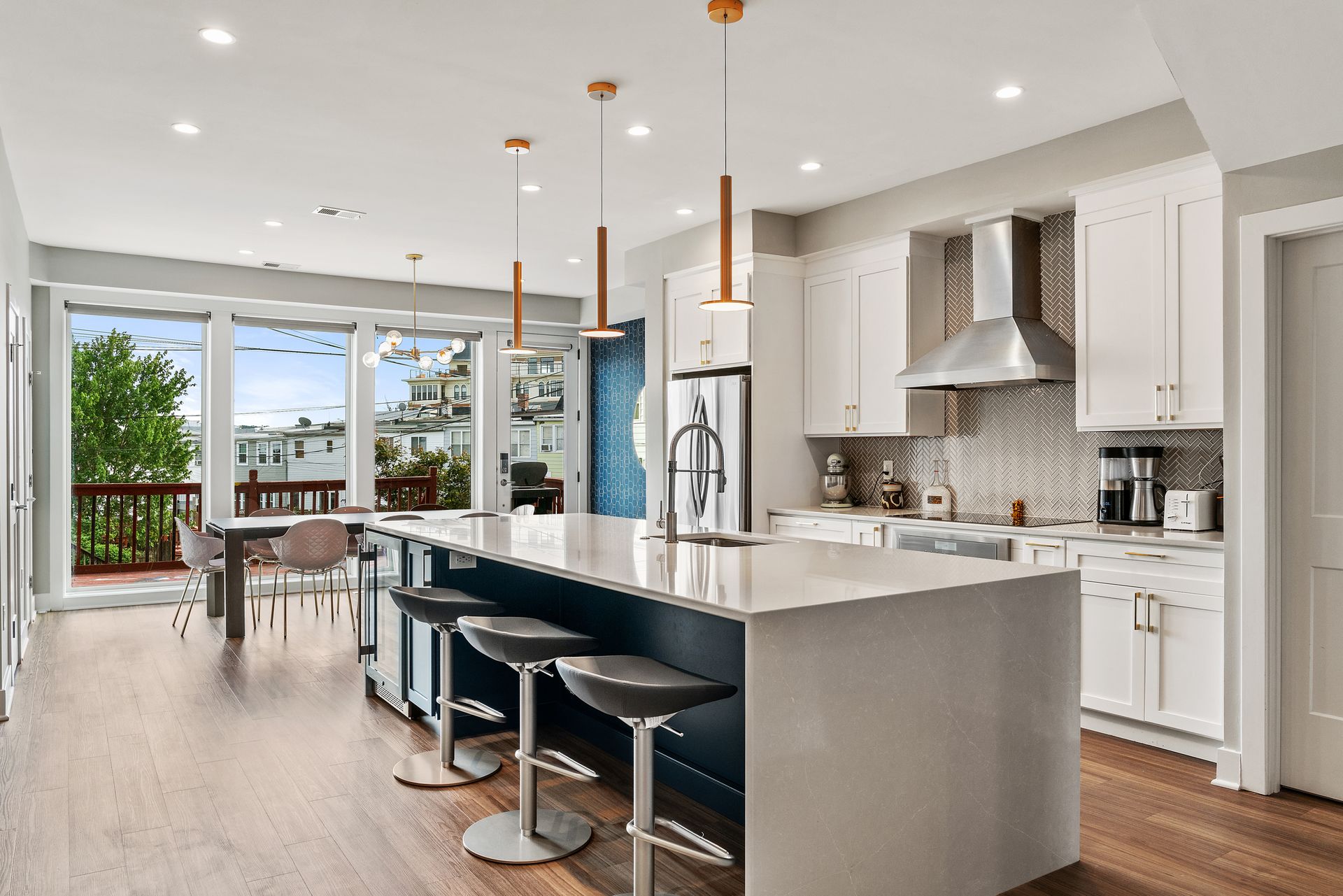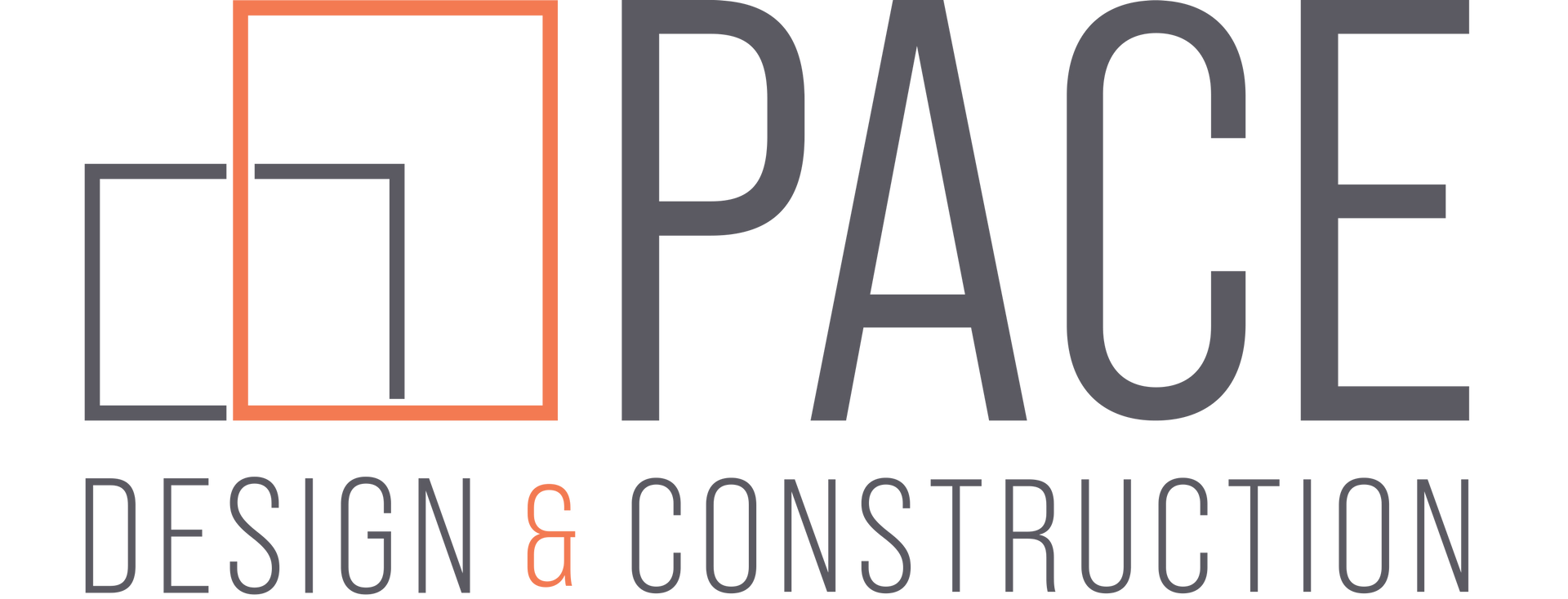Historic Charm Meets Modern Convenience: Remodeling Townhouse Kitchens in D.C.
Historic Charm Meets Modern Convenience: Remodeling Townhouse Kitchens in D.C.

Washington, D.C. is known for its historic charm, with beautifully preserved townhouses that reflect the city’s rich architectural heritage. While these homes offer unique character and a sense of history, their kitchens often lack the modern amenities and functionality that today’s homeowners desire. Remodeling a historic townhouse kitchen presents a unique challenge: blending traditional aesthetics with modern convenience while preserving the home’s timeless appeal.
Understanding the Challenges of Historic Kitchens
Historic townhouse kitchens often come with a set of challenges, including:
- Limited Space: Many older townhouses were not designed with open-concept kitchens, leading to smaller, confined cooking areas.
- Outdated Layouts: Inefficient layouts can make it difficult to incorporate modern appliances and improve workflow.
- Aging Infrastructure: Electrical, plumbing, and structural issues may need upgrading to meet modern building codes and support contemporary appliances.
- Preservation Guidelines: Some historic districts in D.C. have specific regulations that homeowners must adhere to when making renovations.
Blending Traditional and Modern Elements
Successfully remodeling a historic townhouse kitchen requires a thoughtful approach that respects the home’s character while introducing modern functionality. Here are some strategies to achieve the perfect balance:
1. Preserve Original Architectural Details
Maintaining original features such as exposed brick walls, crown molding, or vintage cabinetry can preserve the character of the home. If restoration is needed, consider refinishing existing materials rather than replacing them entirely.
2. Incorporate Modern, Energy-Efficient Appliances
Modern appliances that blend seamlessly with traditional aesthetics are widely available. Consider panel-ready refrigerators and dishwashers that can be customized to match cabinetry, or retro-inspired appliances that provide modern performance with a classic look.
3. Optimize Space with Smart Design
Space-saving solutions like pull-out pantry shelves, under-cabinet lighting, and multi-functional islands can maximize storage and improve functionality without compromising style. Opting for custom cabinetry that fits the unique dimensions of the townhouse can also help make the most of limited space.
4. Select Period-Appropriate Materials
Choose materials that complement the historic character of the home while offering durability and modern performance. Natural stone countertops, classic subway tiles, and shaker-style cabinetry can create a timeless yet functional kitchen design.
5. Integrate Smart Technology Discreetly
Modern technology doesn’t have to detract from a historic kitchen’s charm. Under-the-counter appliances, hidden outlets, and smart lighting systems can offer convenience without altering the traditional aesthetics of the space.
Working with Experienced Professionals
Remodeling a historic townhouse kitchen requires the expertise of professionals who understand both preservation guidelines and modern construction techniques. Working with experienced architects, designers, and contractors ensures that the project meets both aesthetic and functional goals.
Updating a historic townhouse kitchen in Washington, D.C. presents a rewarding opportunity to blend old-world charm with contemporary living. By carefully selecting materials, preserving key architectural features, and incorporating smart design elements, homeowners can enjoy a beautiful, functional kitchen that respects the past while embracing the future.
Contact Pace to get started!
sPEAK tO a pACE pRO Today To Get Started!
Transform Your Space!
Address:
1140 3rd St NE, 2nd Floor Suite 200, Washington DC. 20002
Phone:
(888) 711-7223
Receive our newsletter
buildingwithpace.com - New Submission From Receive Our Newsletter Form
We will get back to you as soon as possible.
Please try again later.







